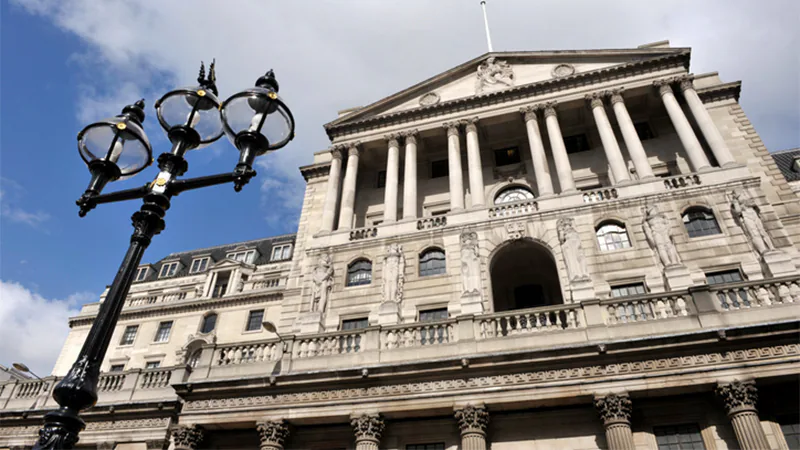The probability of a US recession in the next year has fallen to 15%
The likelihood of a US recession in the coming year has declined amid signs of a still-solid job market, according to Goldman Sachs Research. Our economists say there’s a 15% chance of recession in the next 12 months, down from their earlier projection of 20%. That’s in line with the unconditional long-term average probability of 15%, writes Jan Hatzius, head of Goldman Sachs Research and the firm’s chief economist, in the team’s report. The most important reason for the forecast change is that the US unemployment rate fell to 4.051% in September — below the level in July, when the rate jumped to 4.253%, and marginally below the June level of 4.054%. The unemployment rate is also below the threshold that activates the “Sahm rule,” which identifies signals that can indicate the start of a recession. The rule is triggered when the three-month average US unemployment rate increases by 0.50% or more from its low during the previous 12 months. “The fundamental upward pressure on the unemployment rate may have ended via a combination of stronger labor demand growth and weaker labor supply growth (because of slowing immigration),” Hatzius writes. Nonfarm US payrolls grew by 254,000 in September, a sharp upside surprise to what economists expected. Prior months of payroll reports were revised higher, and household employment data was also solid. The underlying trend in monthly jobs growth is 196,000, according to Goldman Sachs Research, well above its pre-payrolls estimate of 140,000 and modestly above its estimated breakeven rate (the number of new jobs needed to prevent an increase in the unemployment rate) of 150,000-180,000. “This brings the job market signal back into line with the broader growth data,” Hatzius writes. Real GDP grew 3% in the second quarter and an estimated 3.2% in the third quarter. The annual revision to the national accounts in September shows that real gross domestic income (GDI) — a conceptually equivalent measure of real output — has been growing even faster than real (inflation-adjusted) GDP over the last few quarters. The upward revision to income also fed into an upward revision to the personal savings rate, which now stands at 5%. While this is still modestly below the pre-pandemic average of 6%, the gap is explained by the strength of household balance sheets, notably the increase in the household net worth/disposable income ratio. “The revisions to GDI and the saving rate didn’t surprise us, but they strengthen our conviction that consumer spending can continue to grow at solid rates,” Hatzius writes. The strong activity data and the recent rebound in oil prices on fears of escalation of the conflict in the Middle East haven’t changed Goldman Sach Research’s conviction that inflation will cool further. After a period of slightly higher gains, the alternative rent indicators have declined again, reinforcing our economists’ forecast that rent and owners’ equivalent rent (OER) will continue to decelerate. Average hourly earnings grew a faster-than-expected 0.4% in September, but broader signals remain encouraging. Even as Goldman Sachs Research’s wage tracker stands at 4% year-on-year — and the rate compatible with 2% core PCE inflation is estimated at 3.5% — the employment cost index shows that much of the overshoot is related to unionized wages, which tend to lag broader trends. On a related note, the preliminary resolution of the East and Gulf Coast port strike has eliminated a risk to near-term prices. If US Federal Reserve officials had known what was coming, the Federal Open Market Committee might have cut rates by 25 basis points on September 18 instead of 50 basis points, Hatzius writes. But that doesn’t mean it was a mistake. “We think the FOMC was late to start cutting, so a catch-up that brings the funds rate closer to the levels of around 4% implied by standard policy rules makes sense even in hindsight,” Hatzius writes. The latest jobs data strengthens Goldman Sachs Research’s conviction that the next few FOMC meetings (including November 6-7) will bring smaller 25 basis point cuts. Our economists expect the Fed to reduce rates to a terminal funds rate of 3.25% – 3.5%.
The probability of a US recession in the next year has fallen to 15% Read More »









